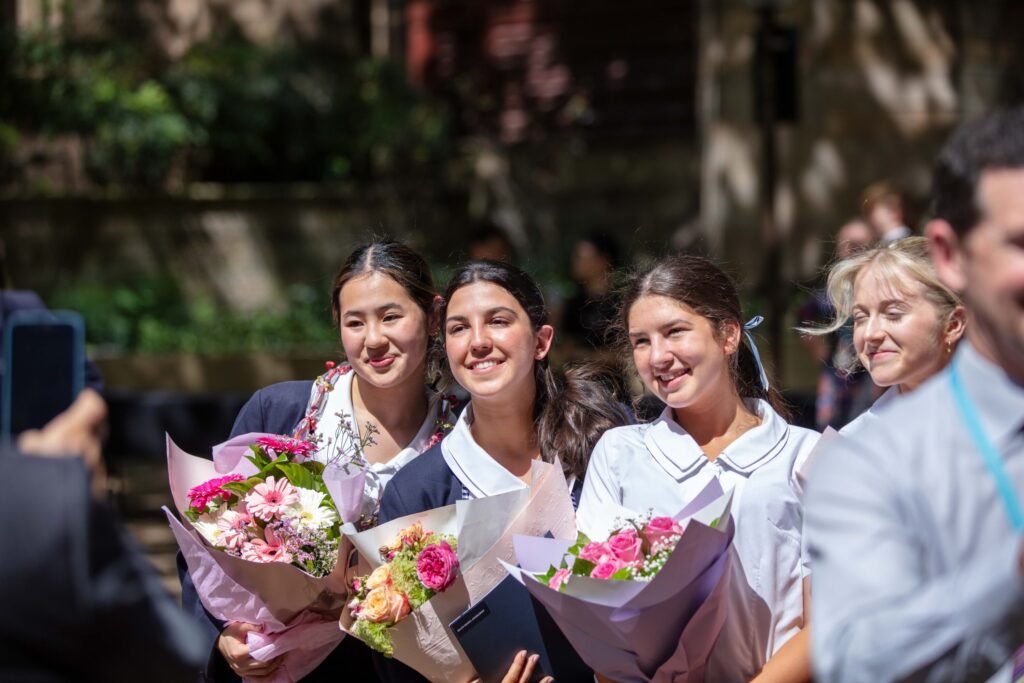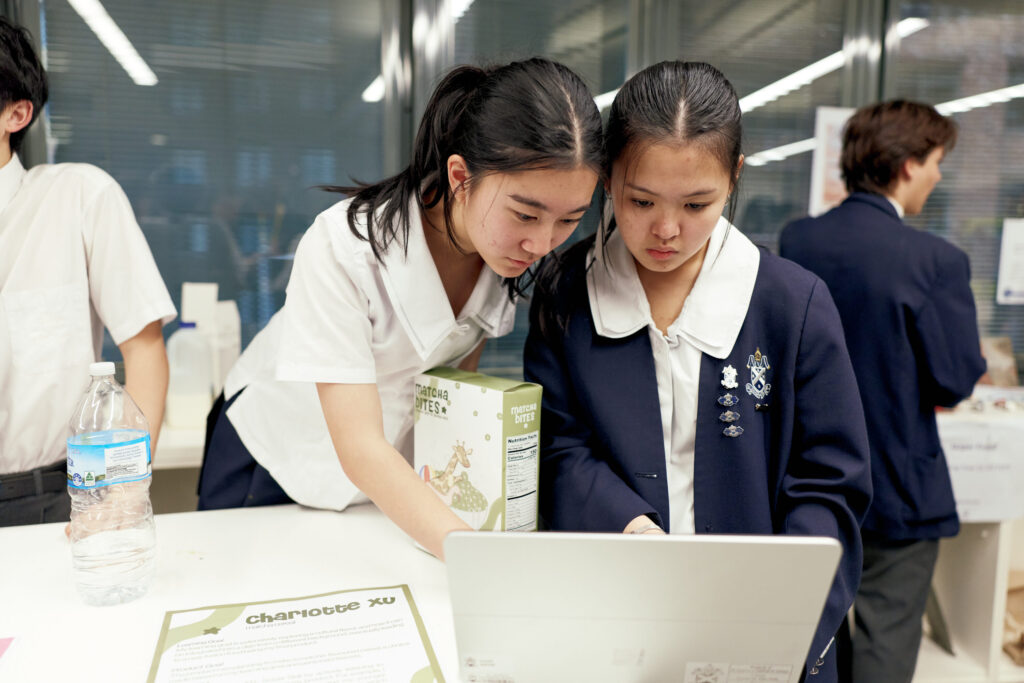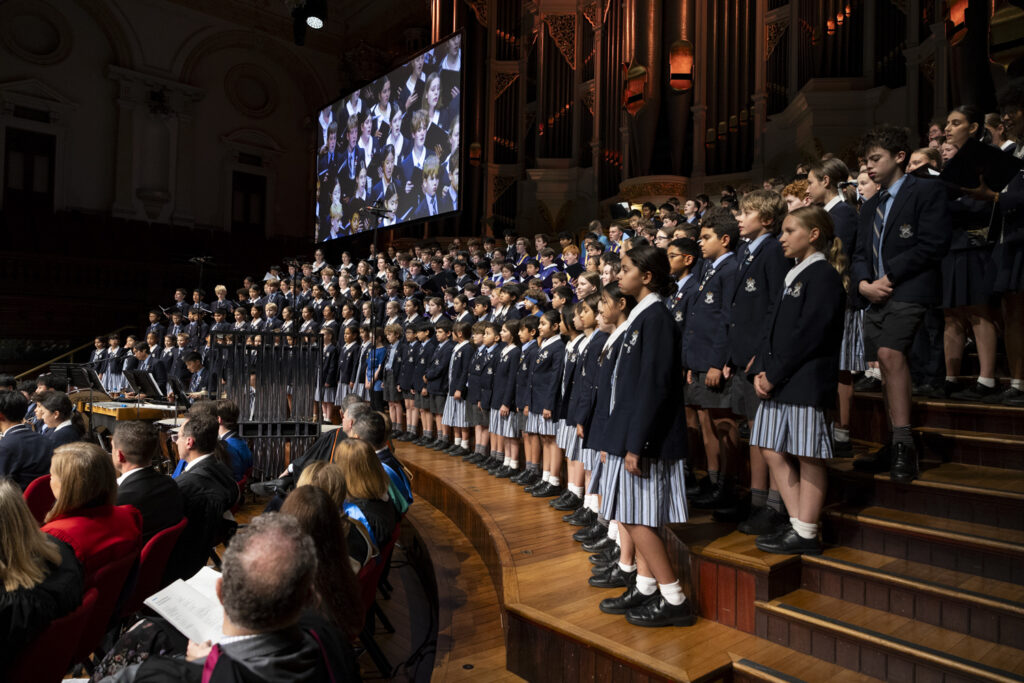A journey across three countries and more than two thousand years of history.
After 17 unforgettable days abroad, the 2025 European History Tour students have returned home—a little jet-lagged, but full of wonderful stories. Their journey took them across three countries and more than two thousand years of history, from the ruins of ancient Rome to the battlefields of the Somme.
The adventure began in Rome, where the group wasted no time hitting the cobblestone streets after landing. Piazza Navona was their first stop, followed by the Pantheon, where they were lucky enough to secure last-minute tickets to see Raphael’s tomb. There were coins tossed at the Trevi Fountain, ten thousand steps logged and even one birthday celebrated, mid-flight!
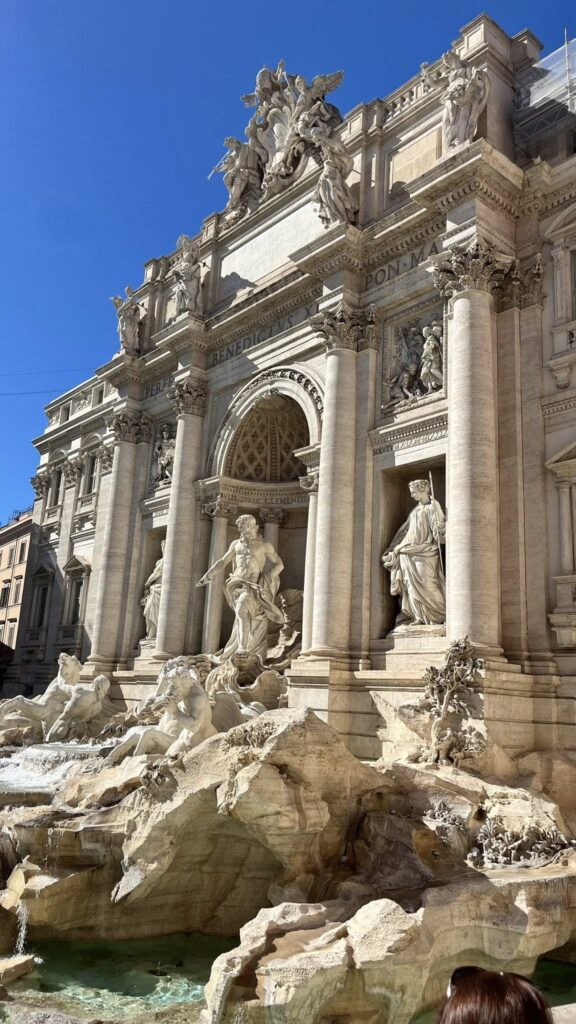
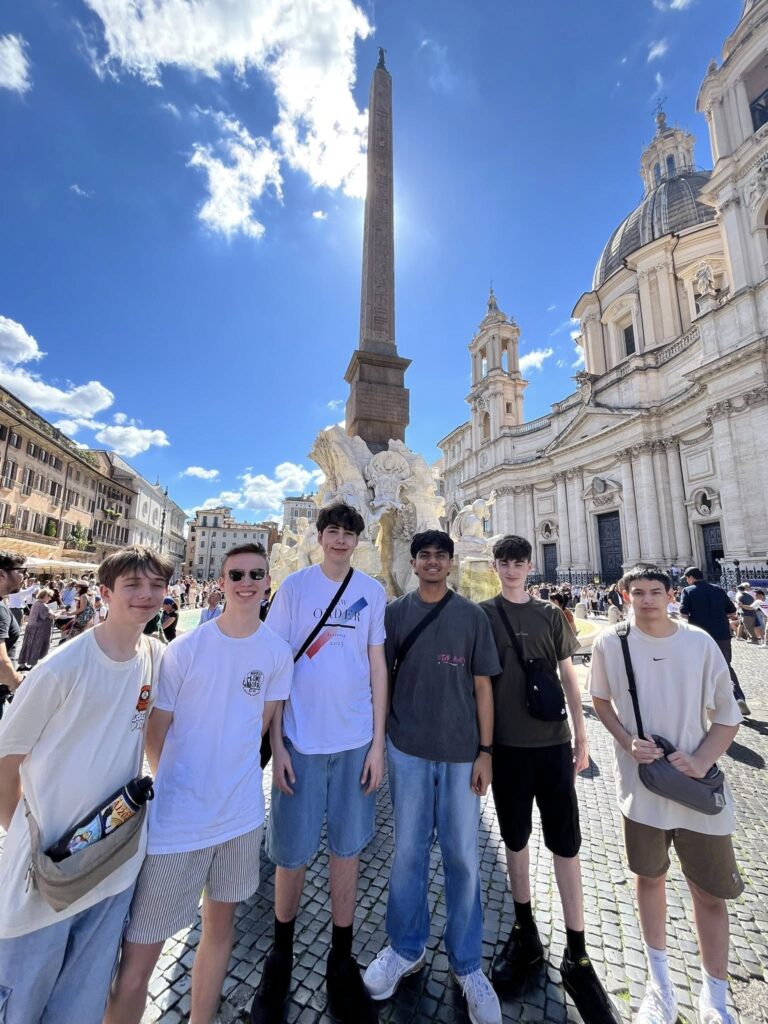
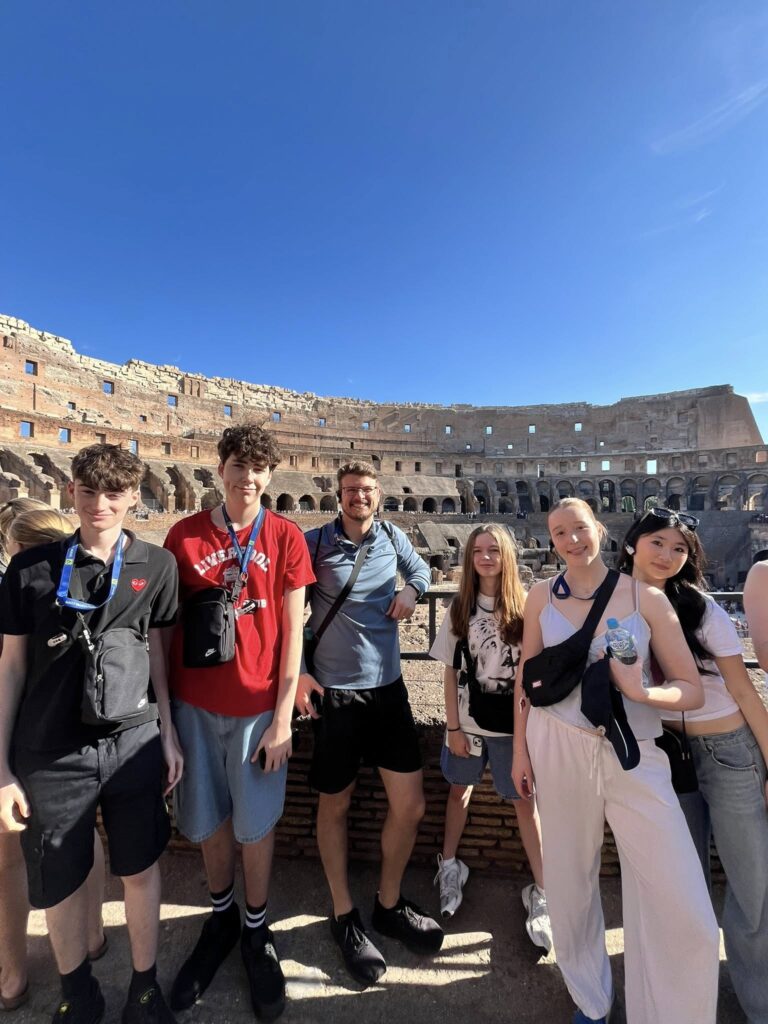
Students traced the footprints of the ancient world at the Colosseum, Palatine Hill and the Roman Forum, before exploring the Vatican’s treasures—including Michelangelo’s ceiling in the Sistine Chapel (and, allegedly, one photo too many from Ms Jarvis). Their final night in Italy ended fittingly with pizza-making in Sorrento, overlooking the Bay of Naples, after climbing Mount Vesuvius.
“Seeing Pompeii was a dream come true. Getting to see the site that I will be studying will really help my understanding and knowledge of course content in my final senior HSC years,” said Year 11 student, Jacob Partington.
From sunnylit Italy, the tour shifted to more solemn landscapes in Germany. In Munich, students visited Dachau Concentration Camp and the Nazi Documentation Centre—a confronting but powerful experience. Later, they walked the streets of Berlin with local guide Jo, visiting landmarks like the Brandenburg Gate, the Berlin Wall and the Memorial to the Murdered Jews of Europe.
“The Berlin Bunker museum helped to reveal the true horror and tragedy of Nazi Germany and the Holocaust,” said Jacob.
“Seeing other sites, like the concentration camps, also revealed how shocking the event was.”
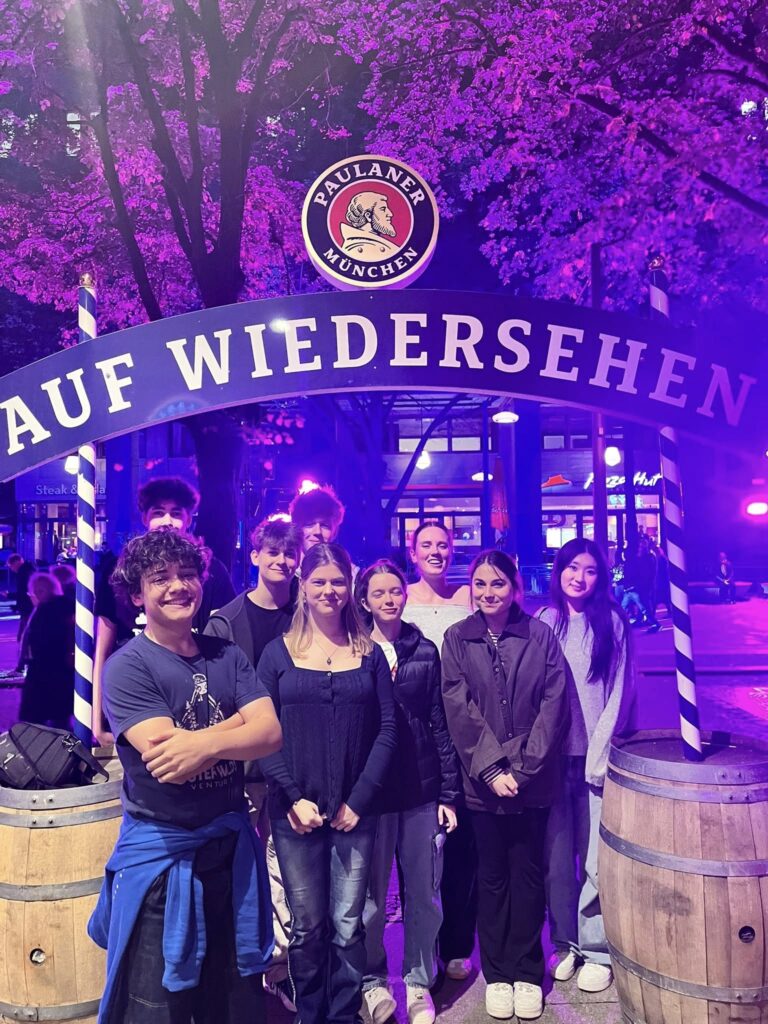
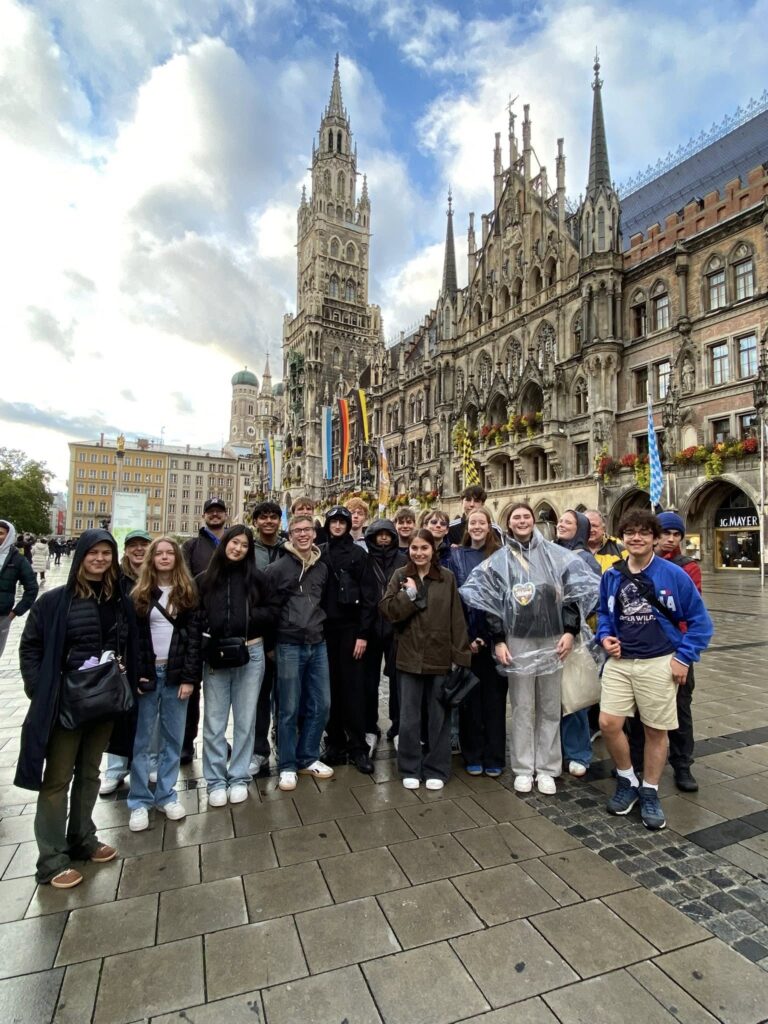
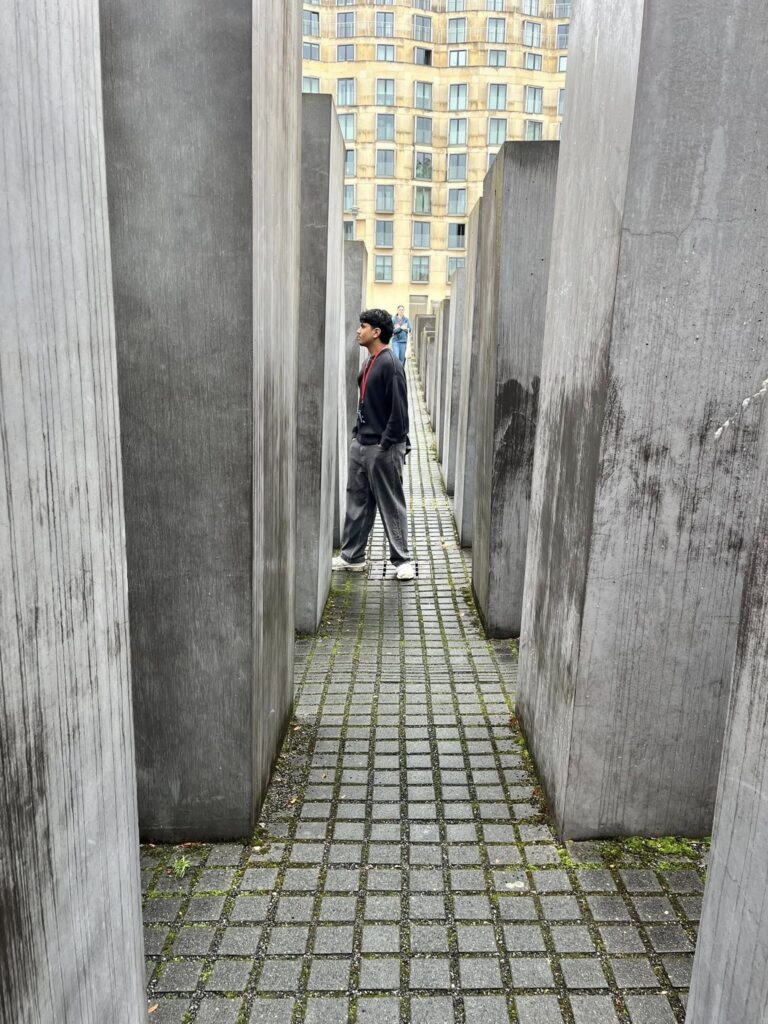
The group also visited Nuremberg’s historic courthouse, where the post-war trials were held, and explored Cold War sites like Checkpoint Charlie and the East Side Gallery. A highlight for many was seeing how Berlin’s vibrant street art now transforms places once marked by division.
The final leg of the journey took students to Paris and the Somme. After visiting Versailles, Napoleon’s tomb and Montmartre, the tone shifted as they travelled north to the Western Front. At the Australian National Memorial in Villers-Bretonneux and the Sir John Monash Centre, the students paid tribute to those who fought and fell—including the great-great uncle of their teacher, Mr Miller, whose grave they located at Heilly Station Cemetery.
There, among the fields of northern France, the lessons of history felt personal.
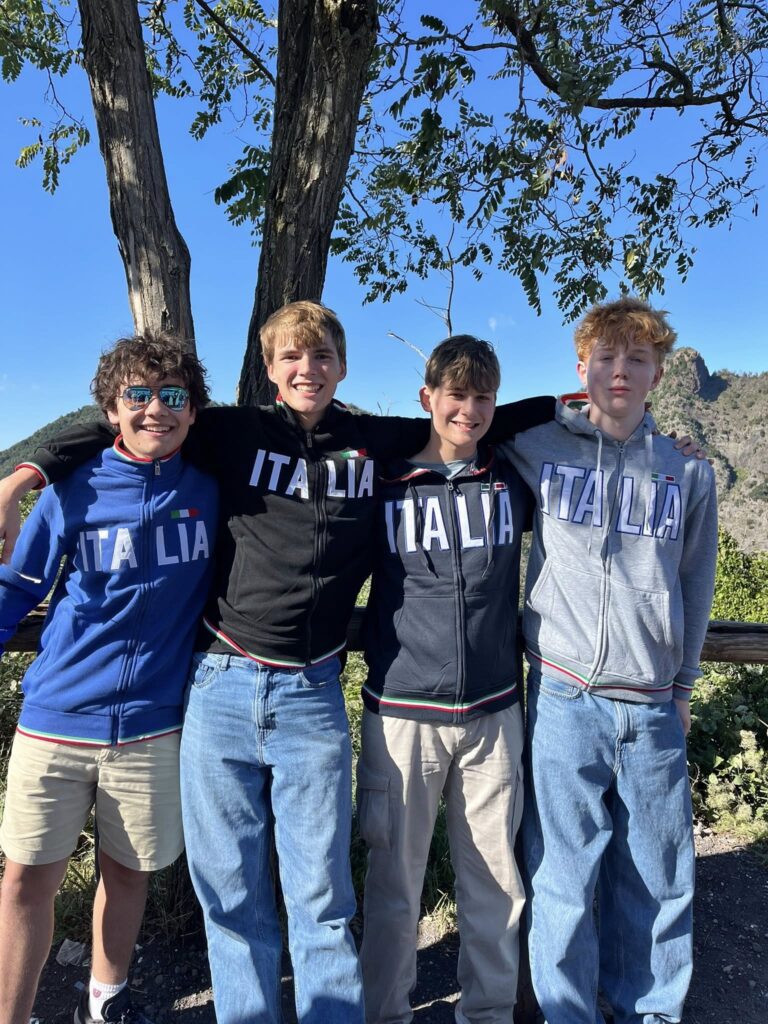
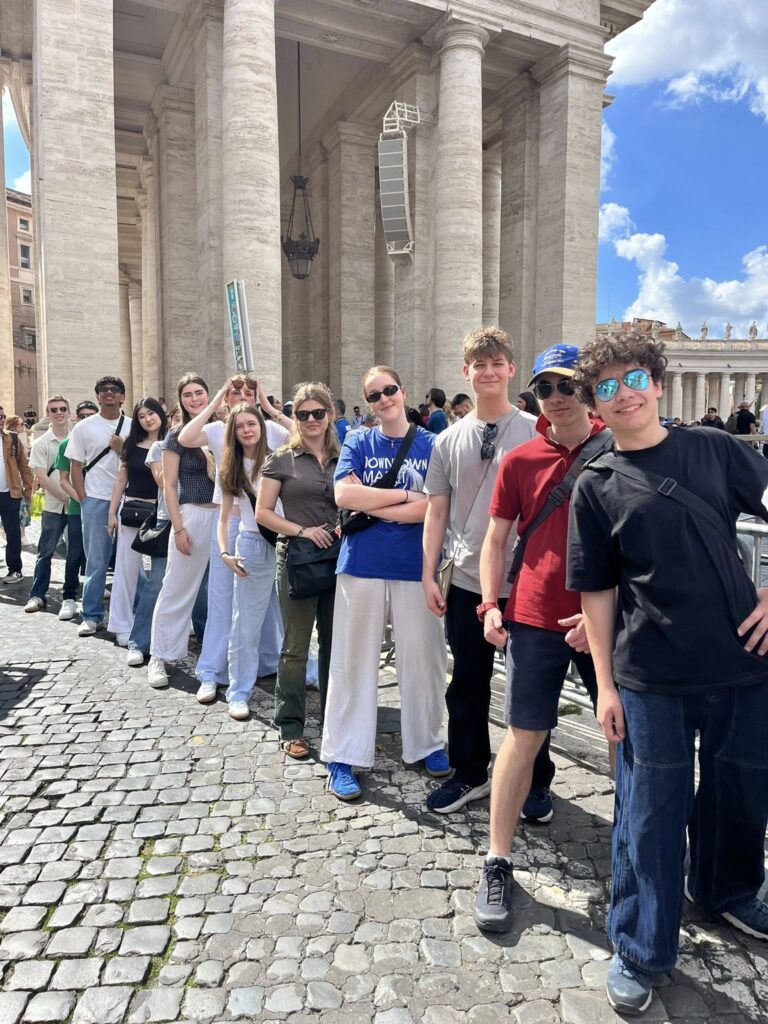
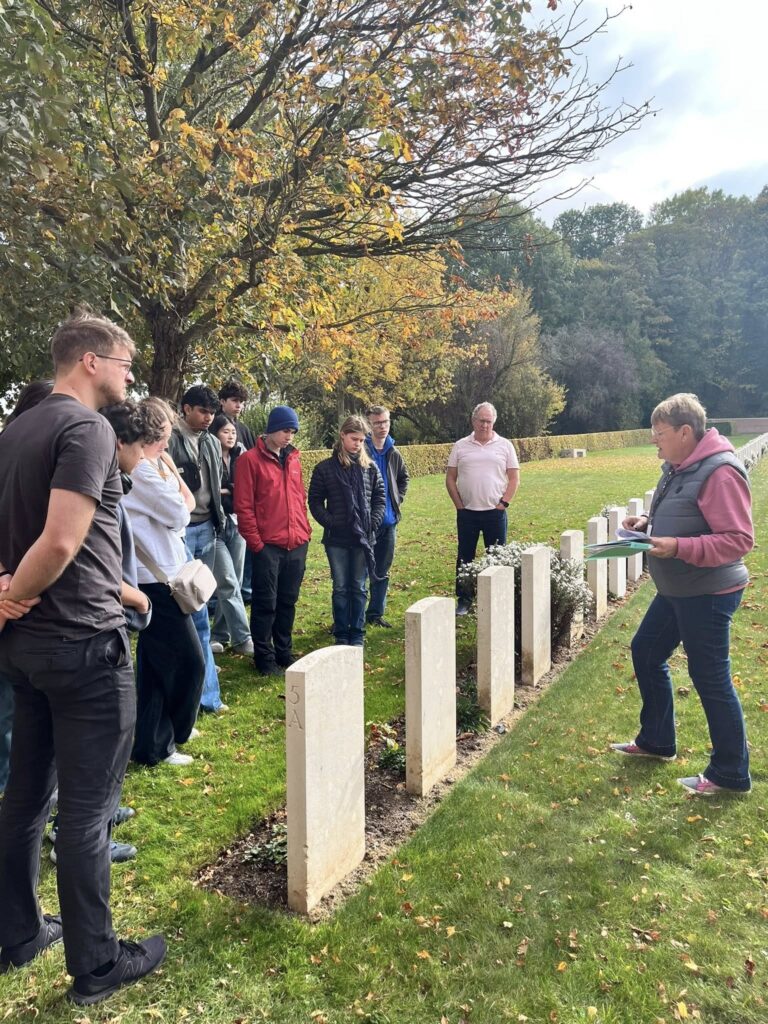
Year 11 student, Cassidy James said that the friendships formed and shared experiences made the trip even more memorable.
“We learned together, laughed together and supported each other through the emotional parts. Sharing the experience with friends made it unforgettable,” she said.
Seventeen days, sixteen cities and countless memories later, the European History Tour returned home—their footsteps echoing with the stories of those who came before.

